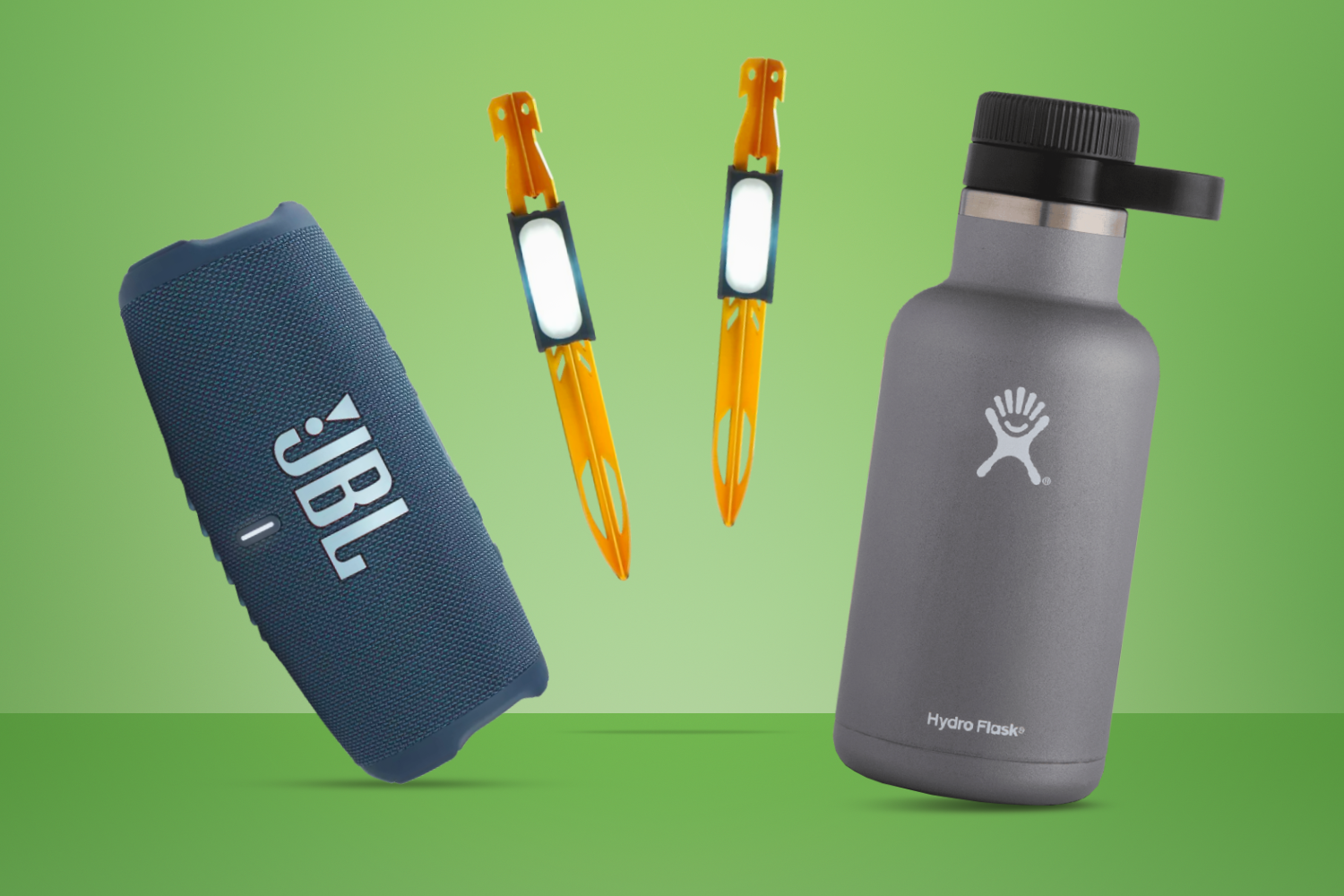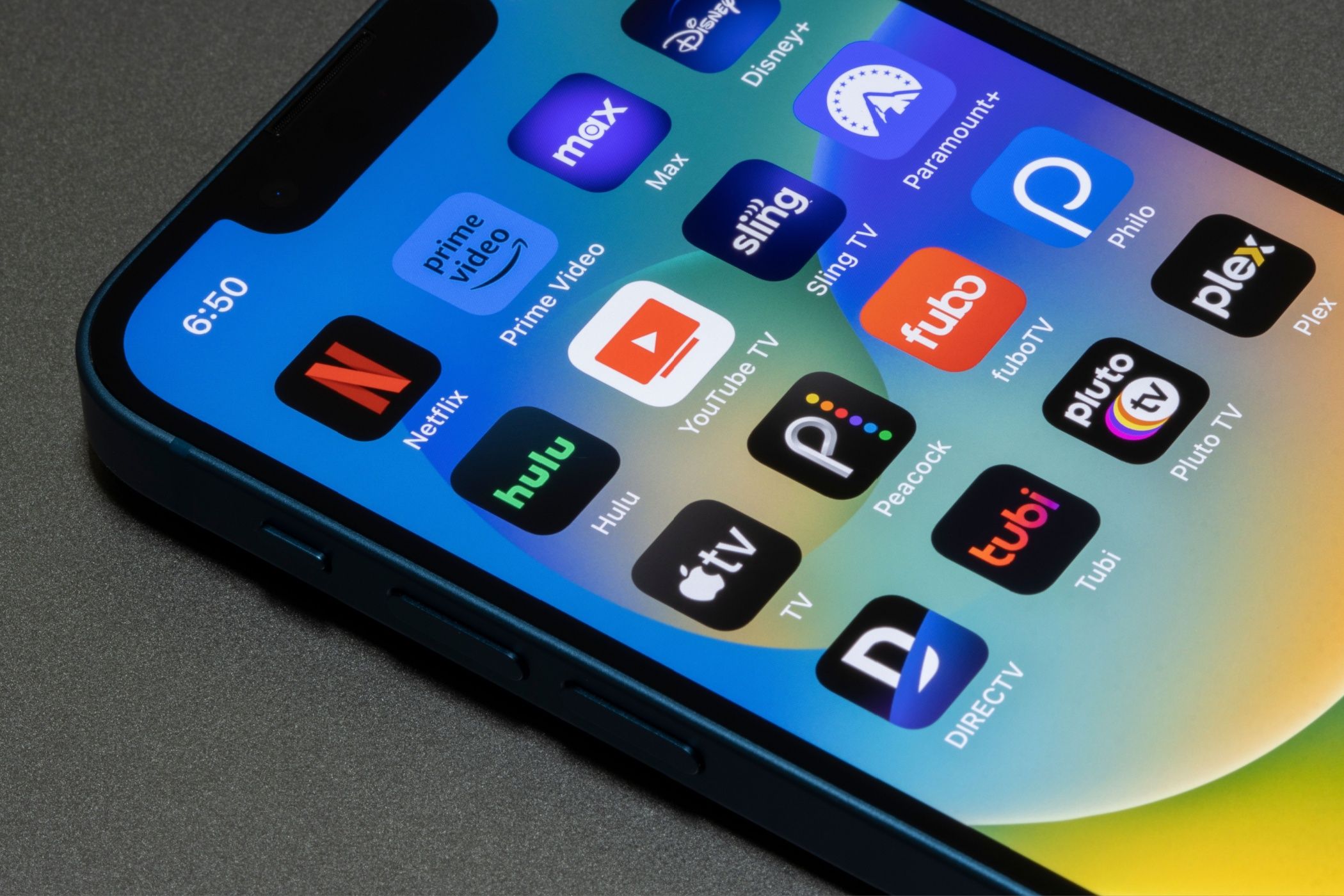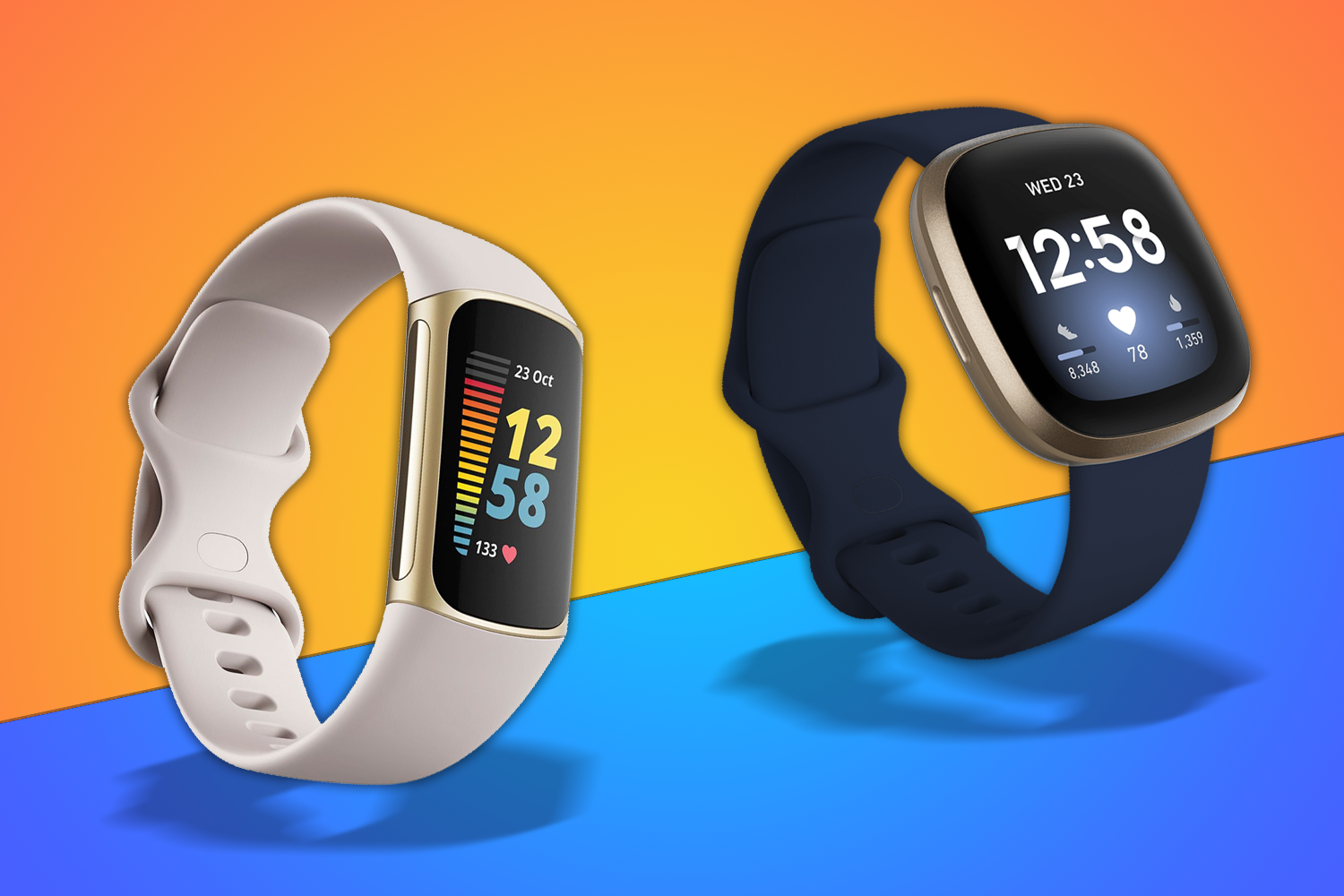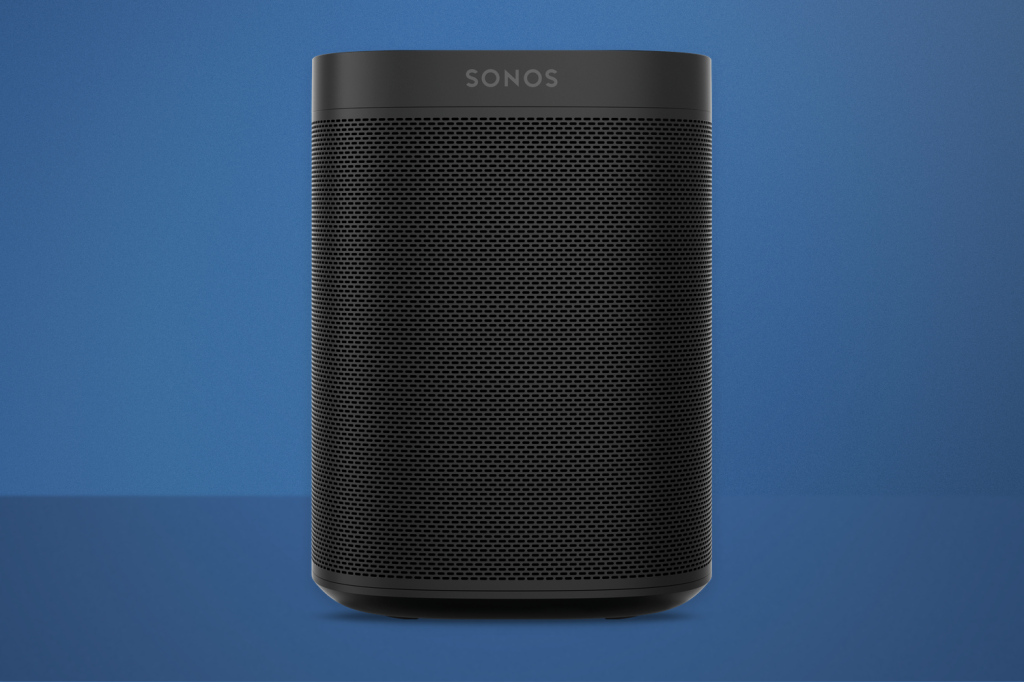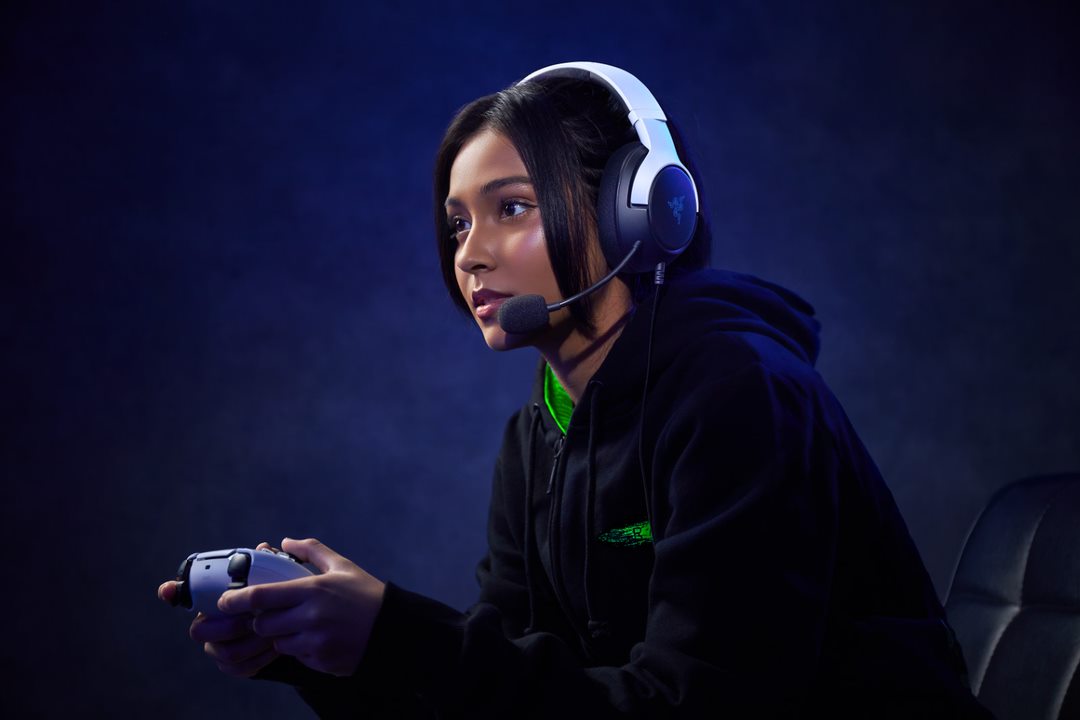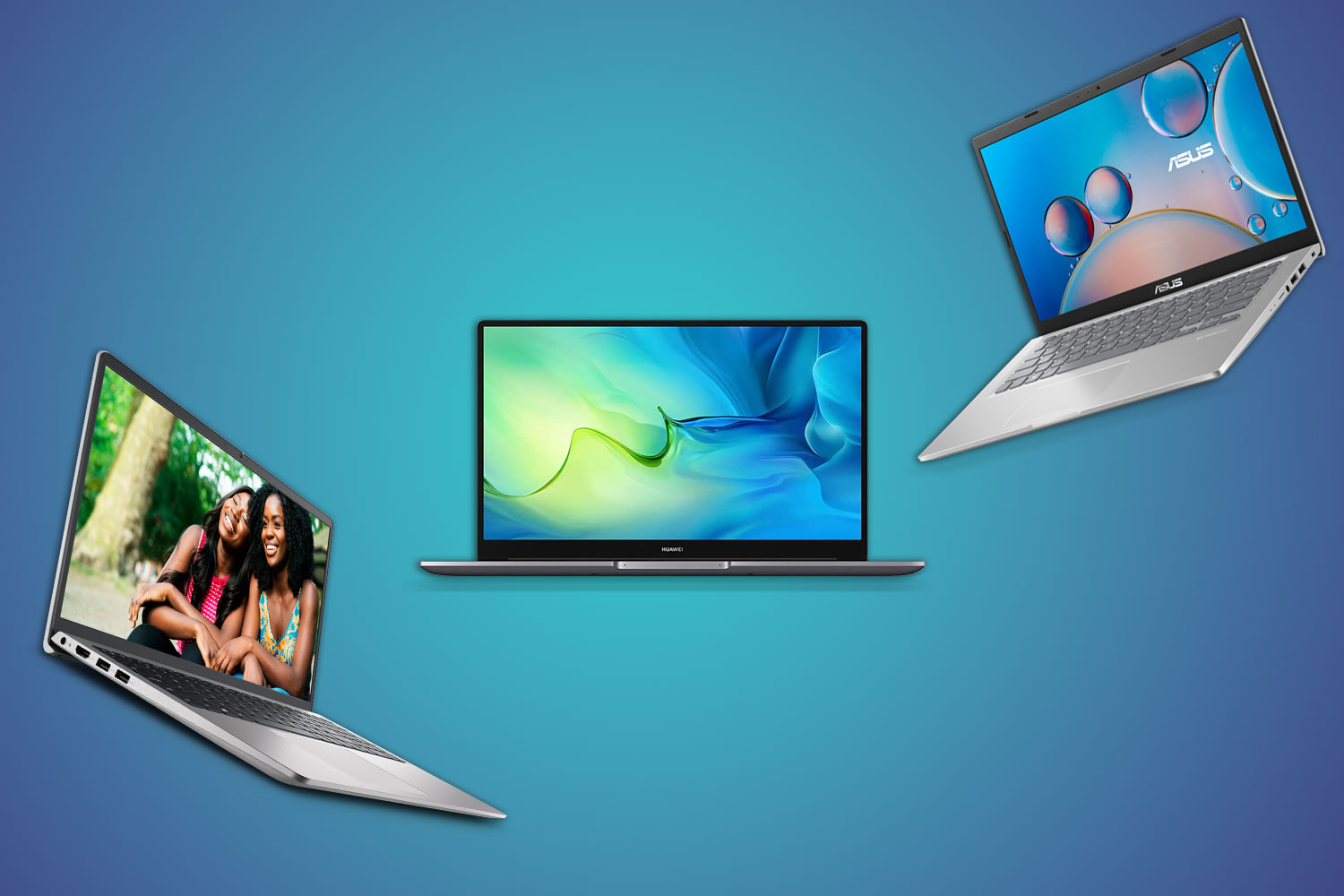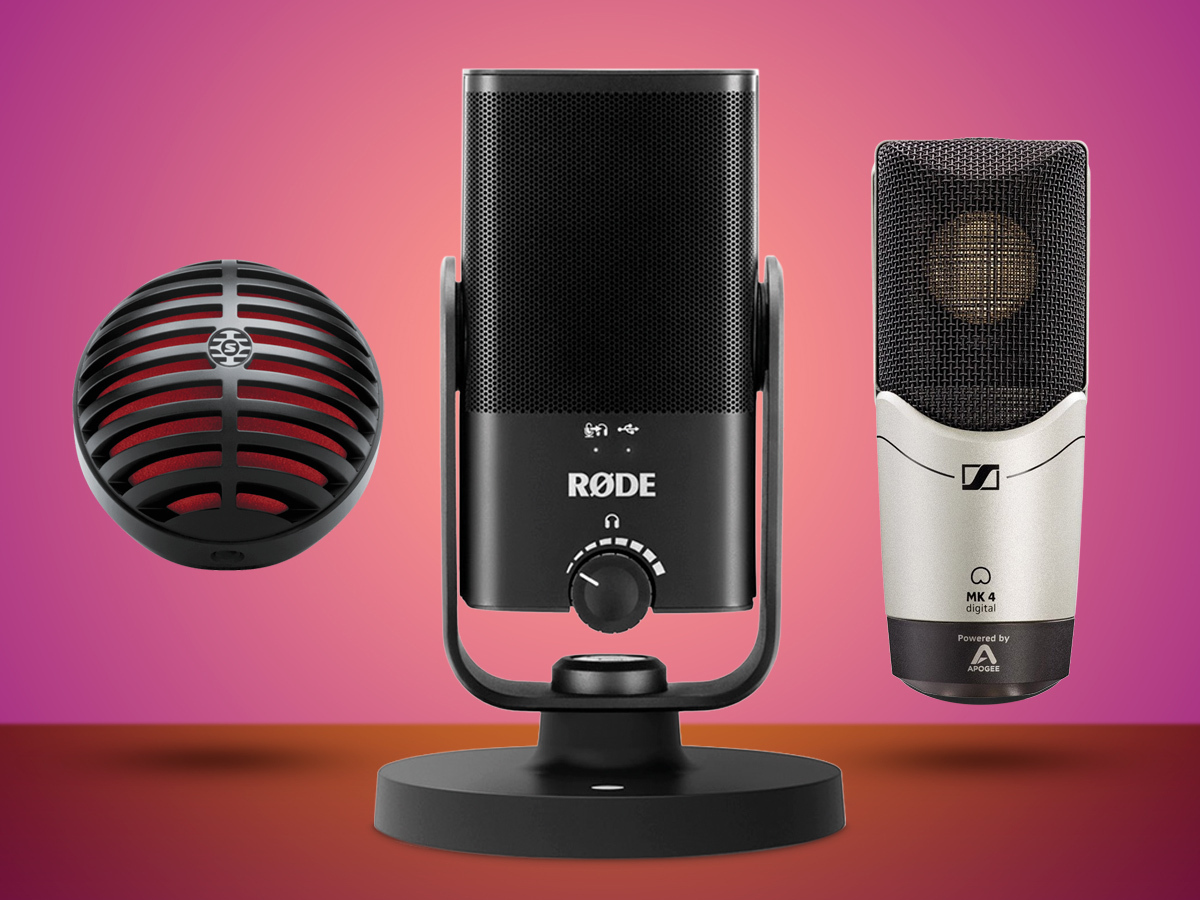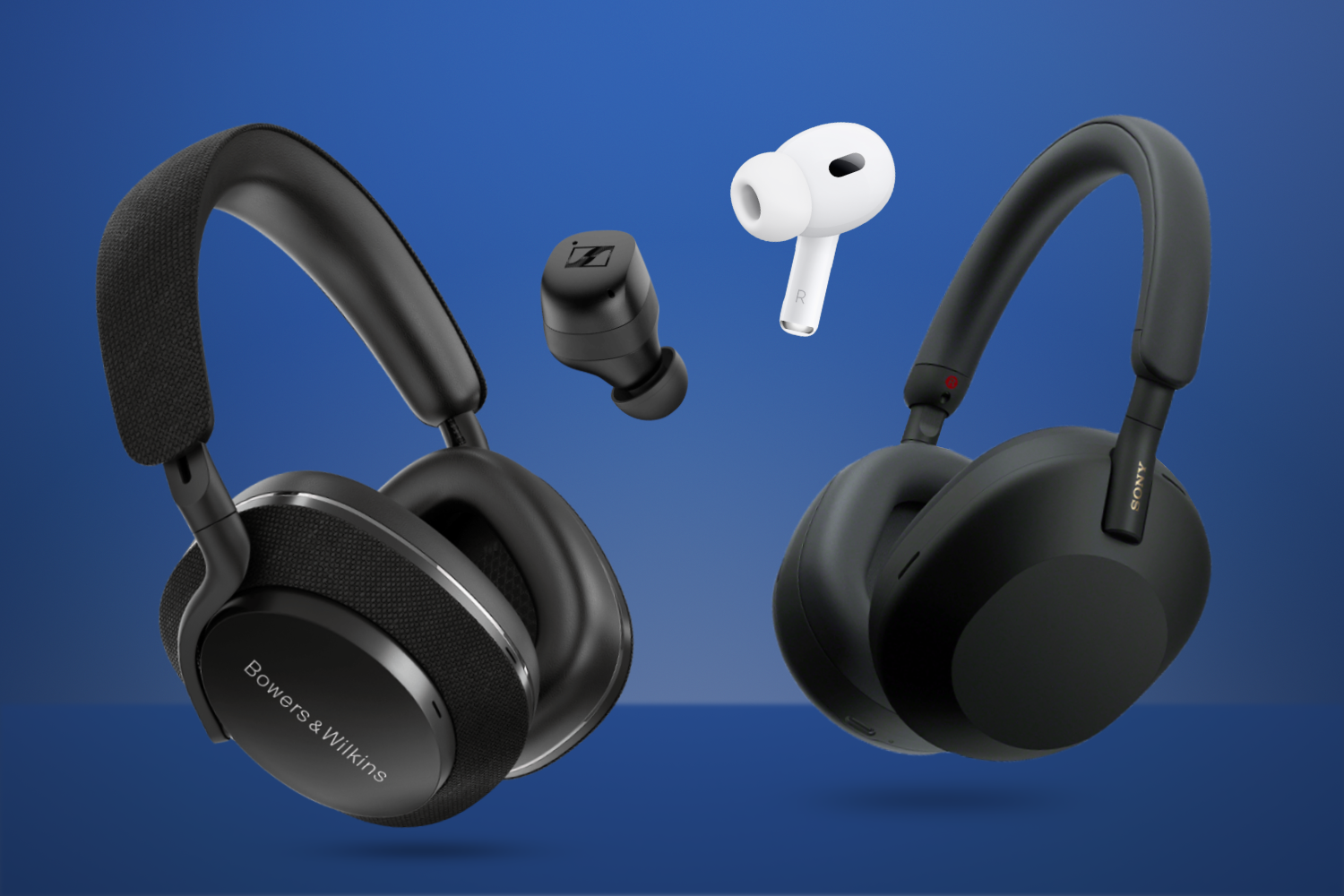If you’re fed up with shelling out big bucks for a flashy flagship phone, you’ll probably want to invest in one of the best mid-range smartphones instead. There was a time when opting for a smartphone that wasn’t a pricey flagship meant settling for a lacklustre experience. Back then, affordable smartphones were synonymous with bland designs, flimsy build quality, and sluggish performance. These devices often left users frustrated, struggling with slow apps, poor battery life, and mediocre cameras. Fortunately, those days are now firmly behind us.
Today, the landscape of mid-range smartphones has dramatically improved. You can find incredible handsets that rival the performance and aesthetics of top-tier models, all for under $600/£600. These devices often feature premium designs, snappy performance, and battery life that easily lasts throughout the day. Many of them also come equipped with surprisingly good cameras that can capture stunning photos, ensuring you don’t miss out on life’s moments.
With so many excellent options available, it’s easier than ever to find a mid-range smartphone that meets your needs without breaking the bank. Our guide showcases the best mid-range smartphones, offering everything you need for a fantastic mobile experience at a fraction of the cost of flagship devices. These smartphones are built to last and can serve you well for years to come.
Why you can trust Stuff: Our team of experts rigorously test each product and provide honest, unbiased reviews to help you make informed decisions. For more details, read how we test and rate products.
Quick list: What is the best mid-range smartphone?
The best mid-range phone you can buy today:
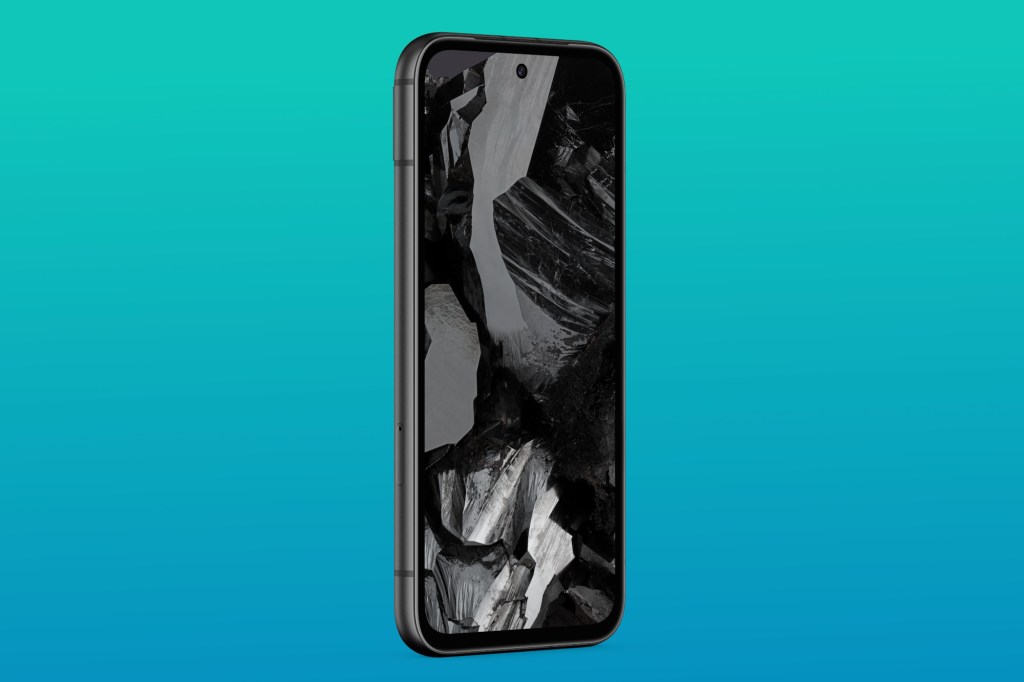
1. Google Pixel 8a
| Google Pixel 8a specs | |
|---|---|
| Screen | 6.1in, 2400×1080 OLED w/ 120Hz |
| CPU | Google Tensor G3 octa-core |
| Memory | 8GB RAM |
| Cameras | 64MP, f/1.9 main w/ OIS + 13MP,f/2.2 ultrawide rear 13MP, f/2.2 front |
| Storage | 128/256GB |
| Operating system | Android 14 |
| Battery | 4,492 mAh w/ 18W wired, 7.5W wireless charging |
| Dimensions | 152.1 x 72.7 x 8.9mm, 188 g |
The Pixel 8a continues Google’s tradition of delivering flagship-level features at a mid-range price. We believe it’s the best mid-range smartphone, offering remarkable photography, a sleek design, and access to Google’s advanced AI at a very low price.
The camera system, featuring a 64MP main sensor, produces impressive, dynamic images that rival more expensive models, making it a standout feature. The improved design with softer edges and a matte finish is both stylish and practical, while the brighter 6.1-inch OLED display enhances the overall experience.
However, there are some trade-offs. Charging speeds lag behind competitors, and Google’s Gemini AI chatbot is unavailable in the UK and Europe. Additionally, with the Pixel 8 priced similarly, we wonder if it might be a better option for some. Despite these drawbacks, the Pixel 8a offers seven years of support, making it a long-term investment. For those seeking excellent camera performance, a clean software experience, and Google’s latest AI features, this is the mid-range phone to beat.
In our opinion, unless you need ultra-fast charging or the AI chatbot, the Pixel 8a delivers incredible value for its price.
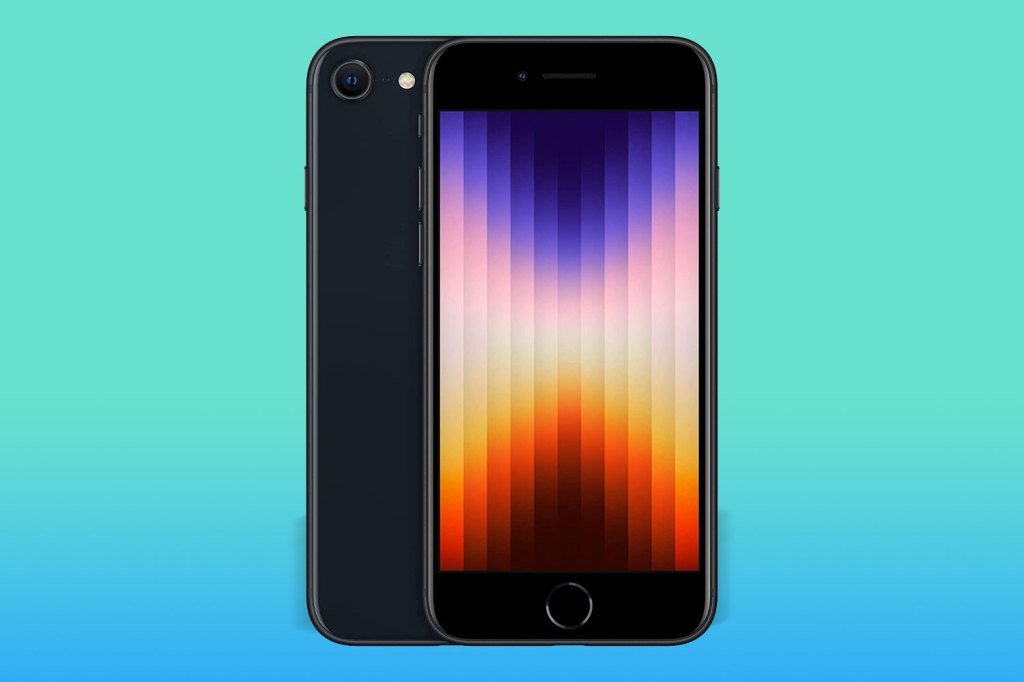

2. Apple iPhone SE (2022)
| Apple iPhone SE (2022) specs | |
|---|---|
| Screen | 4.7in, 750 x 1334, Retina IPS LCD |
| CPU | Apple A15 Bionic |
| Memory | 4GB RAM |
| Cameras | 12 MP, f/1.8, PDAF, OIS (rear) 7 MP, f/2.2 (front) |
| Storage | 64GB, 128GB, 256GB |
| Operating system | iOS 15 |
| Battery | 2018 mAh, 20W wired |
| Dimensions | 138.4 x 67.3 x 7.3 mm, 144 g |
The iPhone SE 3 (2022) is an excellent value for money, particularly for those who love the Apple ecosystem but don’t want to pay flagship prices. While the design might seem outdated with its home button and chunky bezels, we think it’s a classic look that some users will appreciate. The real charm of this device lies beneath the surface. It packs the same A15 Bionic chip found in the much pricier iPhone 13, giving it incredible performance and future-proofing it for years to come.
For those who prefer a smaller phone that’s easy to handle, the 4.7-inch screen is ideal. It may not be OLED, but the LCD panel still delivers vibrant colours and sharp images. We love how it brings back the one-handed usability that larger phones have lost. Sure, it only has a single camera and lacks Face ID, but these are compromises that make it a great option for Apple fans on a budget.
If you’re looking for the best mid-range Apple device, the iPhone SE 3 is hard to beat. It’s not the absolute best affordable mobile on the market, but we believe it’s a fantastic choice for anyone who wants a powerful iPhone experience without breaking the bank.
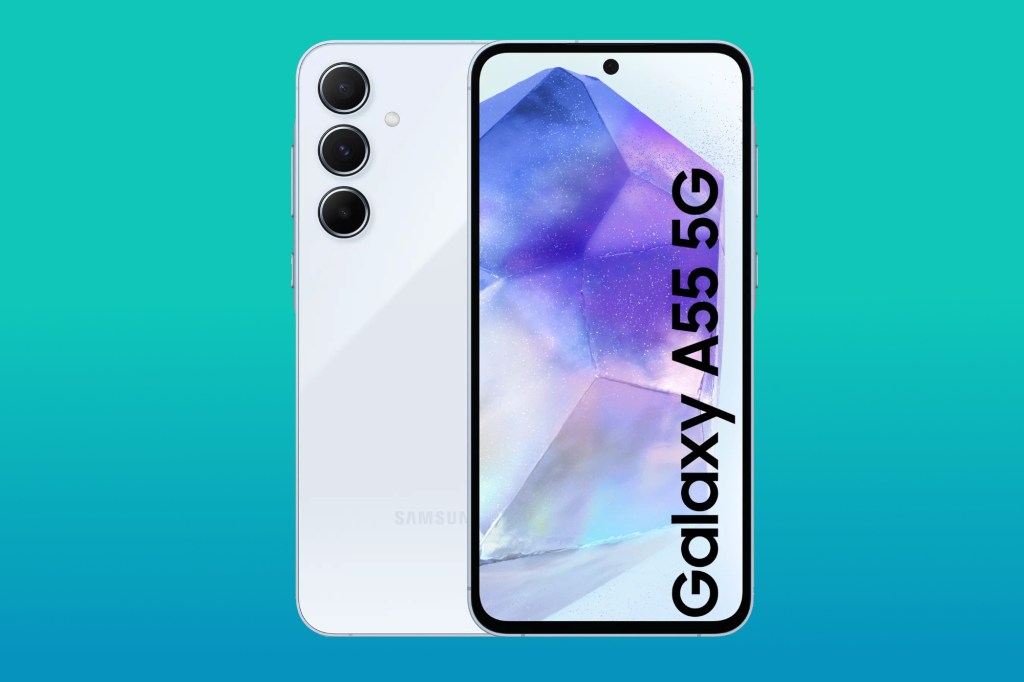

3. Samsung Galaxy A55
| Samsung Galaxy A55 specs | |
|---|---|
| Screen | 6.6in, 2340×1080 AMOLED w/ 120Hz |
| Processor | Samsung Exynos 1480 octa-core |
| Memory | 8/12GB RAM |
| Storage | 128/256GB on-board, microSD expansion |
| Cameras | 50MP, f/1.8 w/ PDAF, OIS + 12MP, f/2.2 ultrawide + 5MP, f/2.4 macro rear 32MP, f2.2 front |
| Operating system | Android 14 w/ OneUI |
| Battery | 5000mAh w/ 25W wired charging |
| Dimensions | 161x77x8.2mm, 213g |
Want the Samsung prestige without the high-end price tag? Then the A55 is a mid-range contender worthy of your shortlist. With a price tag well below the lofty heights of the Galaxy S24 range, this is a super affordable handset which sacrifices some flagship style and power, while still providing a solid smartphone experience.
One of its standout features during our review was its sharp, punchy screen, along with its capable multi-lens camera system, with a decent selfie camera to boot. And unlike previous A series phones (which massively disappointed on the power front), we’re pleased to report that the A55’s Exynos 1480 CPU and 8/12GB of RAM make for a far smoother experience.
Throw in reasonably fast (though far from groundbreaking) 25W charging, and you’ve got yourself a more affordable Samsung handset that provides the highly coveted Samsung-esque experience, at a far more palatable price.
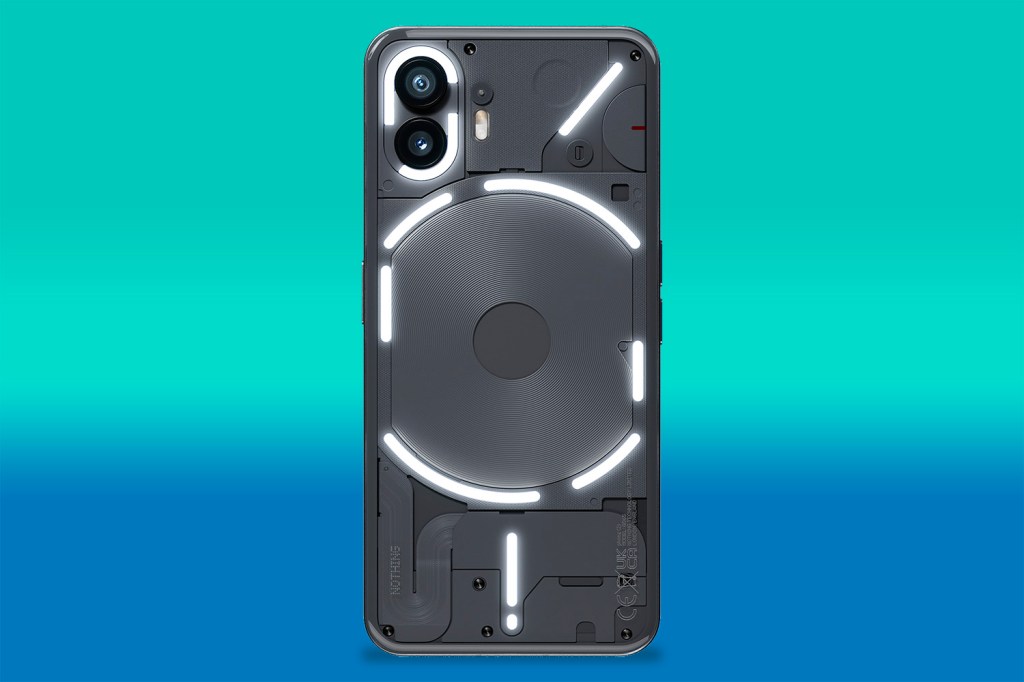

4. Nothing Phone 2
| Nothing Phone 2 specs | |
|---|---|
| Screen | 6.7in, 2410×1080 OLED w/ 120Hz |
| CPU | Qualcomm Snapdragon 8+ Gen 1 octa-core |
| Memory | 8/12GB RAM |
| Cameras | 50MP, f/1.9 w/ PDAF, OIS + 50MP, f/2.2 ultrawide w/autofocus rear 32MP, f/2.5 front |
| Storage | 128/256/512GB |
| Operating system | Android 13 w/ NothingOS 2.0 UI |
| Battery | 4700mAh w/ wired, wireless charging |
| Dimensions | 162x76x8.6mm, 201g |
Don’t be fooled by the see-through shell: we believe the Nothing Phone 2 is far from a gimmick. The transparent design and lighting strips might grab attention, but beneath the surface lies one of the best mid-range smartphones available today. We appreciate the 6.7-inch OLED display, which performs well beyond its price point, and the build quality, which gives it a premium feel.
Running on last year’s flagship CPU, the Nothing Phone 2 delivers a smooth and responsive experience with its minimalist take on Android 13. We haven’t noticed any slowdowns, even during everyday tasks. The improved battery life over the Phone 1 is another bonus, making this device a strong contender in the mid-range market.
While the rear camera might not dethrone Google’s offerings under £600, we think it still shows significant improvement over the first model. If you’re after a fresh and innovative approach to affordable smartphones, the Nothing Phone 2 should be near the top of your list.


5. Honor Magic 6 Lite
| Honor Magic 6 Lite specs | |
|---|---|
| Screen | 6.78in, 2652×1200 AMOLED w/ 120Hz |
| CPU | Qualcomm Snapdragon 6 Gen 1 |
| Memory | 8GB RAM |
| Cameras | 108MP, f/1.8 main w/ PDAF + 5MP, f/2.2 ultrawide + 2MP, f/2.4 macro rear 16MP, f/2.5 front |
| Storage | 256GB |
| Operating system | Android 13 w/ MagicUI |
| Battery | 5300mAh w/ 35W wired charging |
| Dimensions | 164x76x8mm, 185g |
The Honor Magic 6 Lite really impressed us with its blend of affordability and premium features. The 5300mAh battery stood out, providing us with fantastic longevity, comfortably lasting a weekend of regular use. We also loved the design—it looks and feels more like a high-end phone, especially in the Sunrise Orange variant with vegan leather. It’s slim, sleek, and stylish, making it a pleasure to use.
The 108MP main camera delivered detailed and vibrant photos during our testing, but we felt the 2MP macro lens didn’t add much value. The ultrawide lens, while handy, struggled with detail and noise, especially in low light. When it comes to performance, the Snapdragon 6 Gen 1 chip handled our day-to-day tasks smoothly, though gaming performance was just okay—not a strong point.
Software-wise, the phone runs on Android 13 with MagicOS 7.2, and we found the user interface clean and easy to navigate. However, Honor’s commitment to only two years of updates left us feeling a bit disappointed, especially for a phone launching in 2024.
The 6.78-inch AMOLED display with a 120Hz refresh rate was a highlight for us, delivering vibrant colours and good brightness. However, the sound quality left something to be desired, as it lacked depth and bass.
In the end, we think the Magic 6 Lite is a great choice if you prioritise battery life and design, but the limited software updates and average gaming performance might give some users pause.
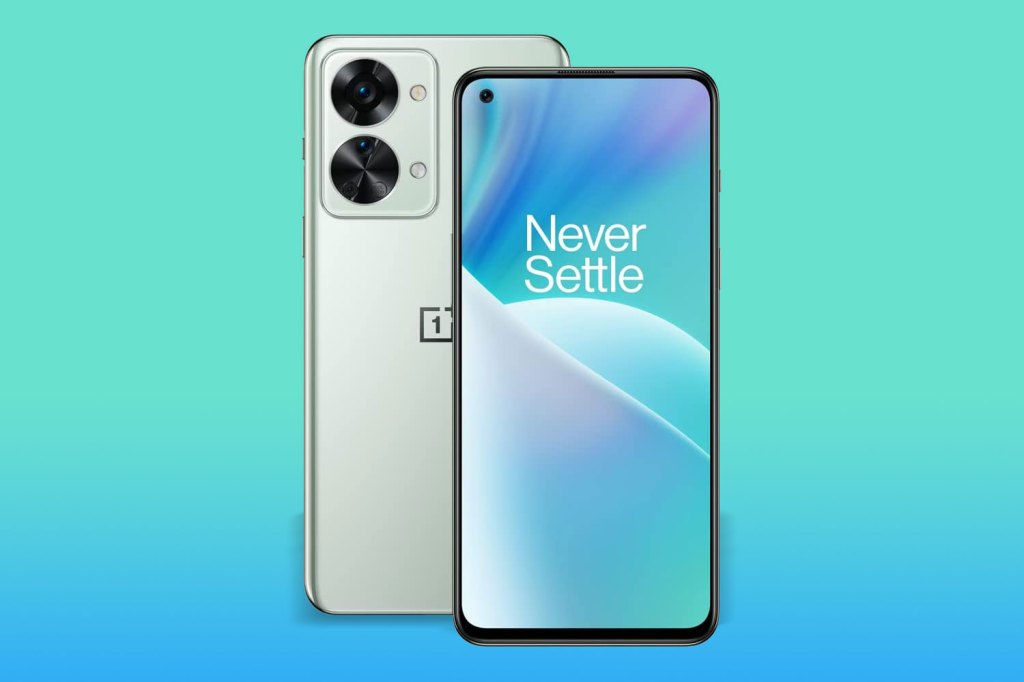

6. OnePlus Nord 2T 5G
| OnePlus Nord 2T 5G specs | |
|---|---|
| Screen | 6.43in 2400×1080 90Hz AMOLED |
| CPU | MediaTek Dimensity 1300 |
| Memory | 8/12GB |
| Cameras | 128/256GB |
| Storage | Android 12 with OxygenOS 12 |
| Operating system | 50+8+2MP rear, 32MP front |
| Battery | 4500mAh |
| Dimensions | 159x73x8.2mm, 190g |
The OnePlus Nord 2T 5G impresses with its blend of price and performance, making it a compelling choice for budget-conscious buyers. We love how quick everything feels, thanks to the MediaTek Dimensity 1300 chipset and the fast 90Hz AMOLED display, which offers vibrant colours and HDR10+ support. The 80W Supervooc fast charging, borrowed from the OnePlus 10 Pro, is a standout feature that we appreciate, even though wireless charging is absent.
While the design might seem ordinary for a mid-range phone, it looks more expensive than it is. However, we’re not entirely sold on the camera housing design, and photo quality can be hit or miss, especially in low light. The main 50MP Sony IMX766 sensor delivers solid results, though the ultrawide and mono sensors don’t add much. The improved 32MP front camera, however, takes excellent selfies.
We find the lack of a headphone jack disappointing, but the inclusion of an optical fingerprint reader and the iconic OnePlus alert slider are welcome touches. Overall, the Nord 2T 5G offers strong competition in the sub-£400 range and remains a top pick for those seeking an affordable yet capable smartphone.
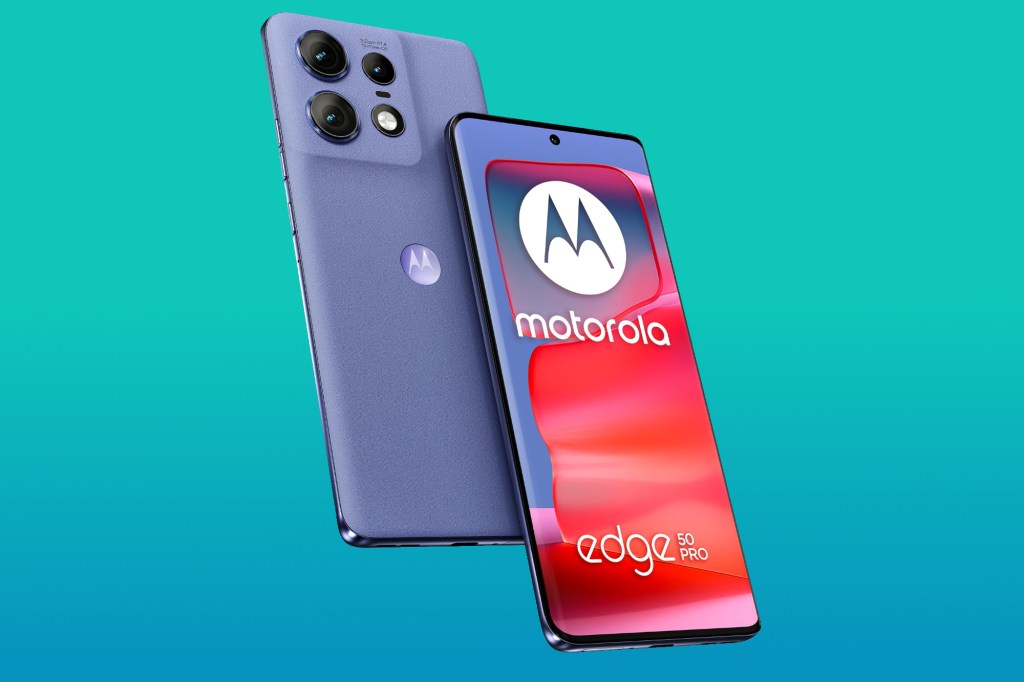

7. Motorola Edge 50 Pro
| Motorola Edge 50 Pro specs | |
|---|---|
| Screen | 6.7in, 2712×1220 pOLED w/ 144Hz, HDR10+ |
| CPU | Qualcomm Snapdragon 7 Gen 3 |
| Memory | 8/12GB RAM |
| Cameras | 50MP + 10MP + 13MP rear, 50MP front |
| Storage | 128/256/512GB |
| Operating system | Android 14 |
| Battery | 4500mAh w/ 125W wired, 50W wireless charging |
| Dimensions | 162x72x8.2mm, 186g |
The Edge 50 Pro is a solid competitor, especially against the Nothing Phone 2. We appreciate the phone’s Pantone-assisted display and camera color processing and are impressed by its super-fast charging capabilities, both wired and wireless. However, the slightly dialed-back specs compared to the previous generation seem to widen the gap between it and the Edge 50 Ultra.
Design-wise, we find the Edge 50 Pro stylish, with options like ‘Luxe Lavender’ vegan leather. However, it does tend to attract dust, making a case a wise investment. The 6.7-inch OLED display is sharp and vibrant, though the brightness is slightly lower than the Ultra model. While the camera system delivers decent results, with a 50MP main sensor and a 10MP telephoto lens, it falls short of the best in its class, with some oversharpening and sluggishness in the camera app.
Performance-wise, the Snapdragon 7 Gen 3 chip is reliable, though it lags behind some competitors, especially in gaming. We find the 4500mAh battery sufficient for a day’s use, and the 125W charging is a significant advantage. Overall, while the Edge 50 Pro is a well-rounded mid-ranger, we feel that rivals offer more personality and better secondary cameras, making it a strong contender but not quite a standout.
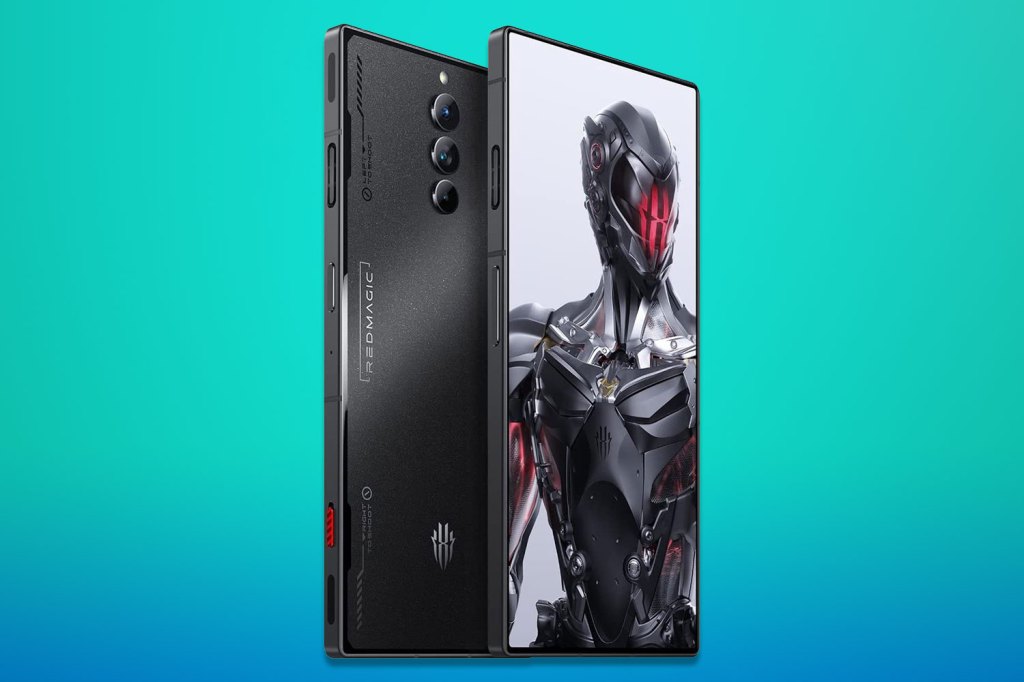

8. Red Magic 8 Pro
| Red Magic 8 Pro specs | |
|---|---|
| Screen | 6.8in, 2480×1116 AMOLED w/ 120Hz |
| CPU | Qualcomm Snapdragon 8 Gen 2 |
| Memory | 12/16GB |
| Cameras | 50MP, f/1.8 w/ OIS + 8MP, f/2.4 ultrawide + 2MP, f/2.4 macro rear 32MP front |
| Storage | 256/512GB |
| Operating system | Android 13 w/ RedMagicOS |
| Battery | 6000mAh w/ 65W wired charging |
| Dimensions | 164x76x8.9mm, 228g |
The RedMagic 8 Pro offers exceptional value as a gaming phone, even if it’s not the best all-around device. We appreciate the sleek, futuristic design, highlighted by a transparent back and under-display selfie camera. The Snapdragon 8 Gen 2 chipset, combined with an upgraded cooling fan, ensures top-notch gaming performance without overheating. The massive 6000mAh battery easily handles extended gaming sessions, and the 65W fast charging is a bonus.
While the display refresh rate is capped at 120Hz, which isn’t the highest in class, it compensates with an uninterrupted, vibrant AMOLED screen. However, the camera system falls short, lacking optical image stabilization (OIS), which can result in less sharp photos, especially in low light. The interface could also use some refinement, though it’s much improved over previous models.
Despite these drawbacks, the RedMagic 8 Pro is a strong contender in the gaming phone market, offering incredible performance at a mid-range price. We believe it’s a great choice for gamers who prioritize power and design over camera quality and UI polish.
How to choose the best mid-range smartphone for you
Choosing the best mid-range smartphone is a lot like choosing the best smartphone, but if you’re reading this then you’ve already defined a budget of between $450/£450 and $650/£650. If that’s still too much money, then you should check out Stuff’s guide to the best cheap smartphones.
These affordable mobiles tend to offer a good balance between features and affordability. You may miss out on some headline features, such as a super-zoom camera or massive OLED display, but if you want a phone that’s brilliant at the basics without anything flashy, then these are perfect for you.
As we mentioned in the introduction as well, performance shouldn’t be an issue, with mid-range processors from reputable brands like Qualcomm Snapdragon and MediaTek performing much better than they used to.
In terms of display, you should be looking for smartphones with at least Full HD (1080p) resolution and an IPS or AMOLED panel for vibrant colours and good viewing angles.
Despite being mid-range, you can expect a decent camera with multiple lenses and sensors (although, it may not be market-leading). You can look for features like optical image stabilization (OIS) or night mode.
If you’re looking for more specific buying recommendations, then you can check out Stuff’s guides to the best smartphone for gaming, the best smartphones for photography, and the best Android phones.
Which brand is best for a mid-range phone?
When it comes to the best mid-range smartphones, several brands stand out for their blend of performance, features, and value.
Our current top contender is Google, with its excellent ‘A’ series. We rate it highly for its camera capabilities, which leverage Google’s exceptional image processing algorithms, providing high-quality photos comparable to more expensive models. The current Pixel 8a also benefits from Google’s AI-powered editing tools and a robust software experience with guaranteed updates, making it a great choice for those who value photography and a seamless user experience.
Another strong option in the mid-range category is the OnePlus Nord series. OnePlus consistently delivers smartphones that offer a premium feel at a more affordable price. The latest models in the Nord lineup feature solid build quality, impressive displays with high refresh rates, and reliable performance thanks to capable processors.
Lastly, Nothing is worth considering for its unique design and feature set. With its distinctive transparent back and glyph interface, they stand out aesthetically. It also offers decent performance.
What is the difference between a mid-range and a flagship phone?
Aside from price, the main difference between mid-range and flagship phones lies in their specifications, features, and overall performance.
Flagship phones typically boast the latest and most powerful processors, highest resolution displays, superior camera systems, and premium materials such as glass and metal.
They also often include advanced features like wireless charging, water resistance, and the latest software updates.
In contrast, mid-range phones offer a balance of good performance and cost-effectiveness, often featuring slightly older processors, lower resolution displays, and fewer premium features, but still more than good enough for everyday tasks.
Are refurbished phones as good as new ones?
Refurbished phones can be as good as new ones if they are purchased from a reputable source, such as Back Market. These reputable sites thoroughly test and certify them, so you know you’re not buying a dud.
These devices are often restored to full functionality, with any defective parts replaced and software updated, ensuring they perform similarly to new phones.
Additionally, refurbished phones typically come with a warranty, providing buyers with peace of mind. However, the condition of refurbished phones can vary, so it’s important to check the grade and buy from trusted sellers to ensure quality and reliability.

